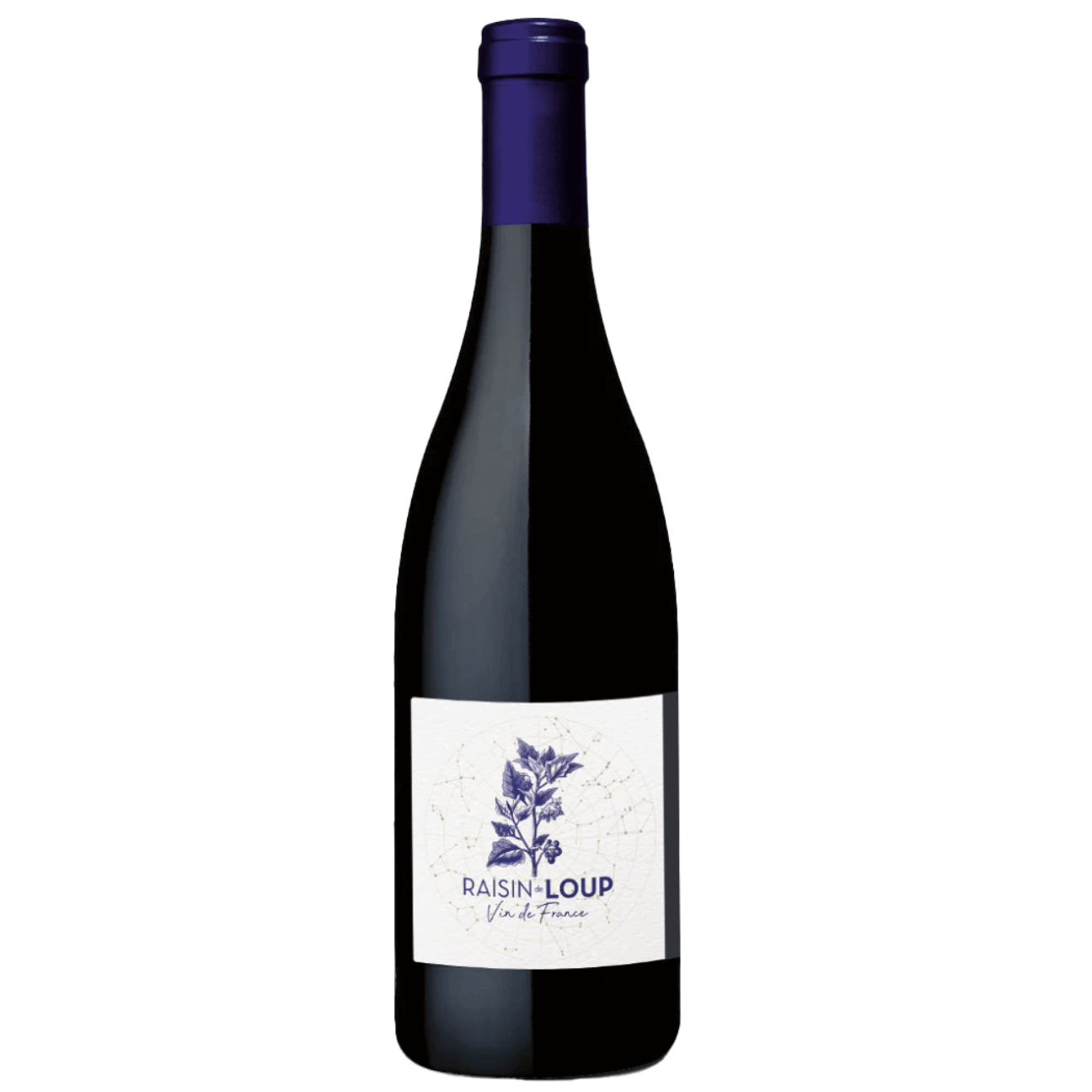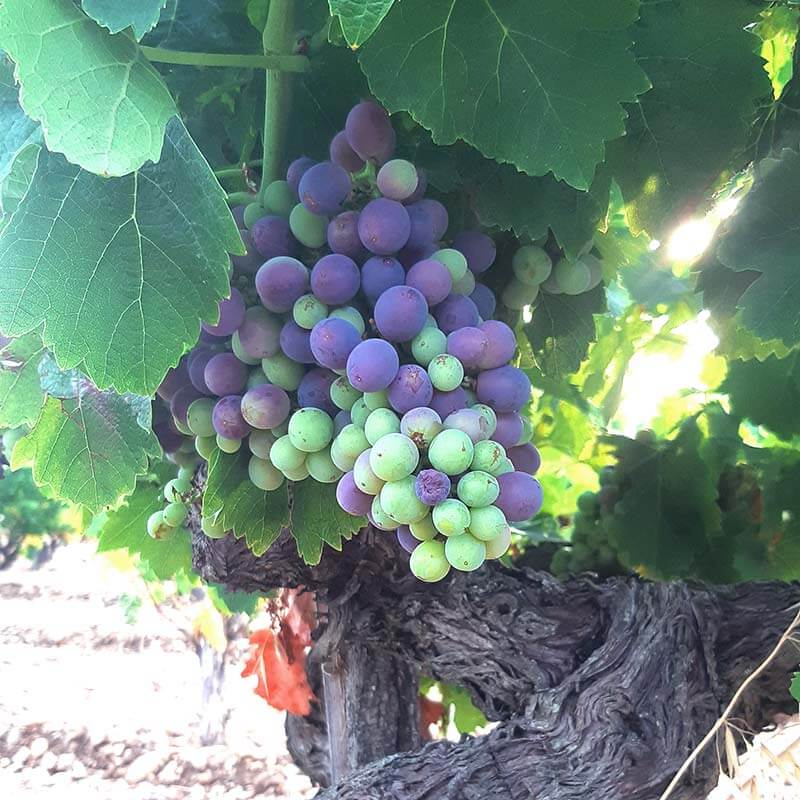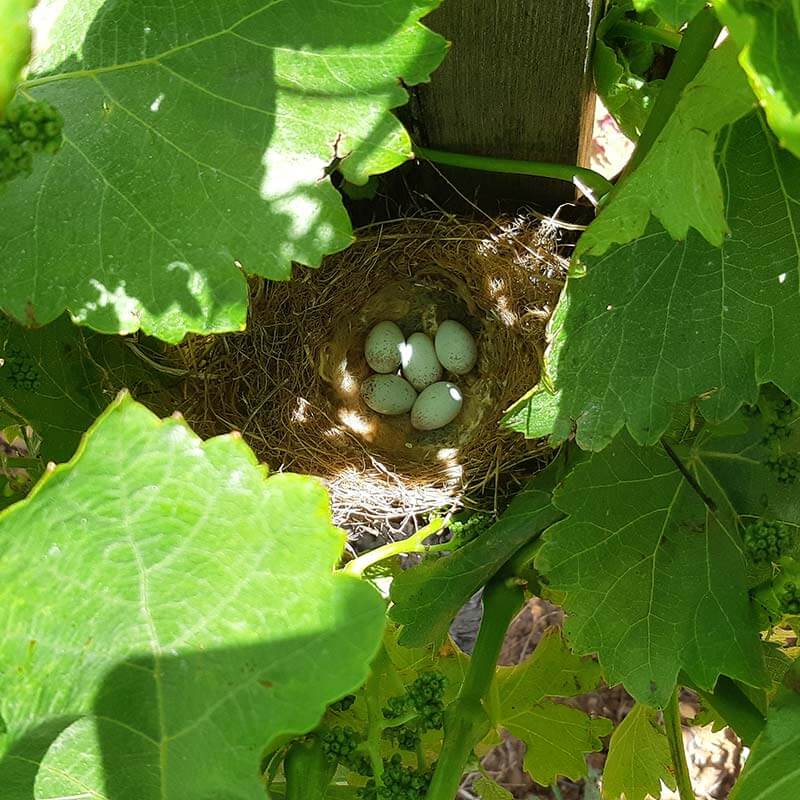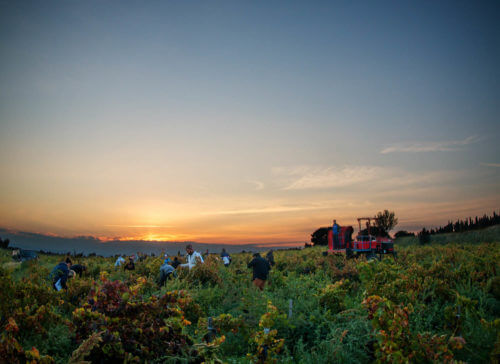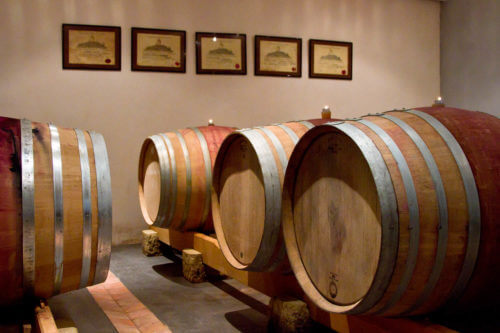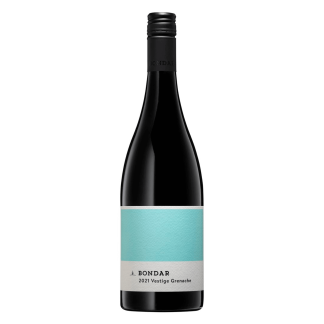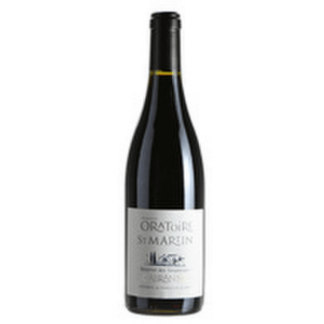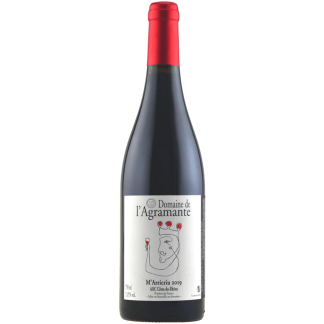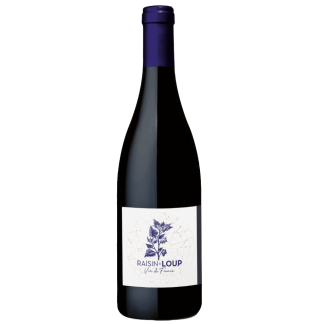Description
About Domaine de Marcoux
Given the marked change in style heralded by the cool 2021 vintage, the precocious 2020 harvest may find itself grouped in a power trio with the preceding two years. Yet, while the ’20 vintage is clearly another superb year for Southern Rhône, in our experience the wines bear only a slight resemblance to the decadent 2018s and supercharged 2019s. And, this grower’s 2020 wines certainly have a personality all of their own. Sophie Armenier speaks of her latest release Châteauneuf as “elegant, supple and balanced, combining freshness and delicacy”. The Marcoux 2020s are wines of vibrancy, precision and real drinkability, with silky tannins and graceful acidity contributing to subtle structures: they are deep and flavourful wines without being colossal.
The Côtes-du-Rhône and white Châteauneuf-du-Pape hail from 2021, a perplexing year in the vineyards that made the Rhône’s recent harvests look serene. Mas de Libian’s Hélène Thibon has described this year as a throwback to her childhood’s cooler and lower alcohol vintages, while across both the north and south divides, Michel Chapoutier has talked about the “almost-forgotten characteristics” of his 2021 wines. What this means for the grand vin from Marcoux remains to be seen (and Vincent Estevenin has very high hopes). Still, the story of the two cuvées below is prefaced by delicious, succulent flesh buoyed by great vitality and energy.
Alongside the classic release and the return of Marcoux’s epic Lirac, we’re delighted to offer a small museum parcel of Marcoux’s 2015 Châteauneuf-du-Pape. On release, Sophie Armenier compared this fine year to 2001, another terrific cellaring vintage. When it first hit the market, the wine’s combination of good natural acidity and ripe tannins promised a successful life ahead and, in short, this 2015 is in a very good place.
For those new to this grower, this tiny, artisanal domaine was the first in Châteauneuf to convert to biodynamics some 30 years ago. While the prime focus is given to the vineyards, Sophie Armenier’s subtle hand in the cellar must also take some credit: natural fermentation; gentle extractions; concrete fermentation; and the absence of any new oak all play a vital role in quality and balance.


